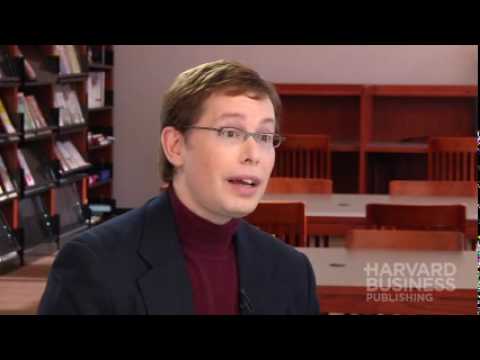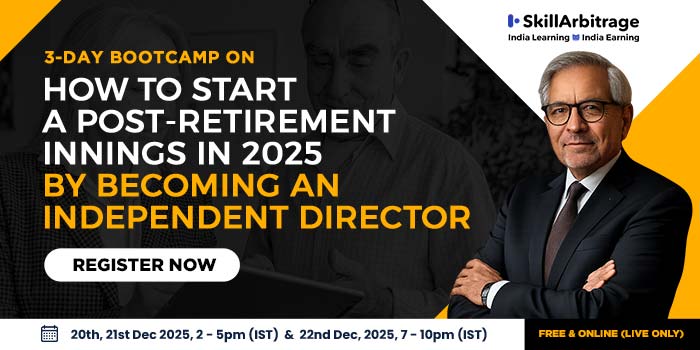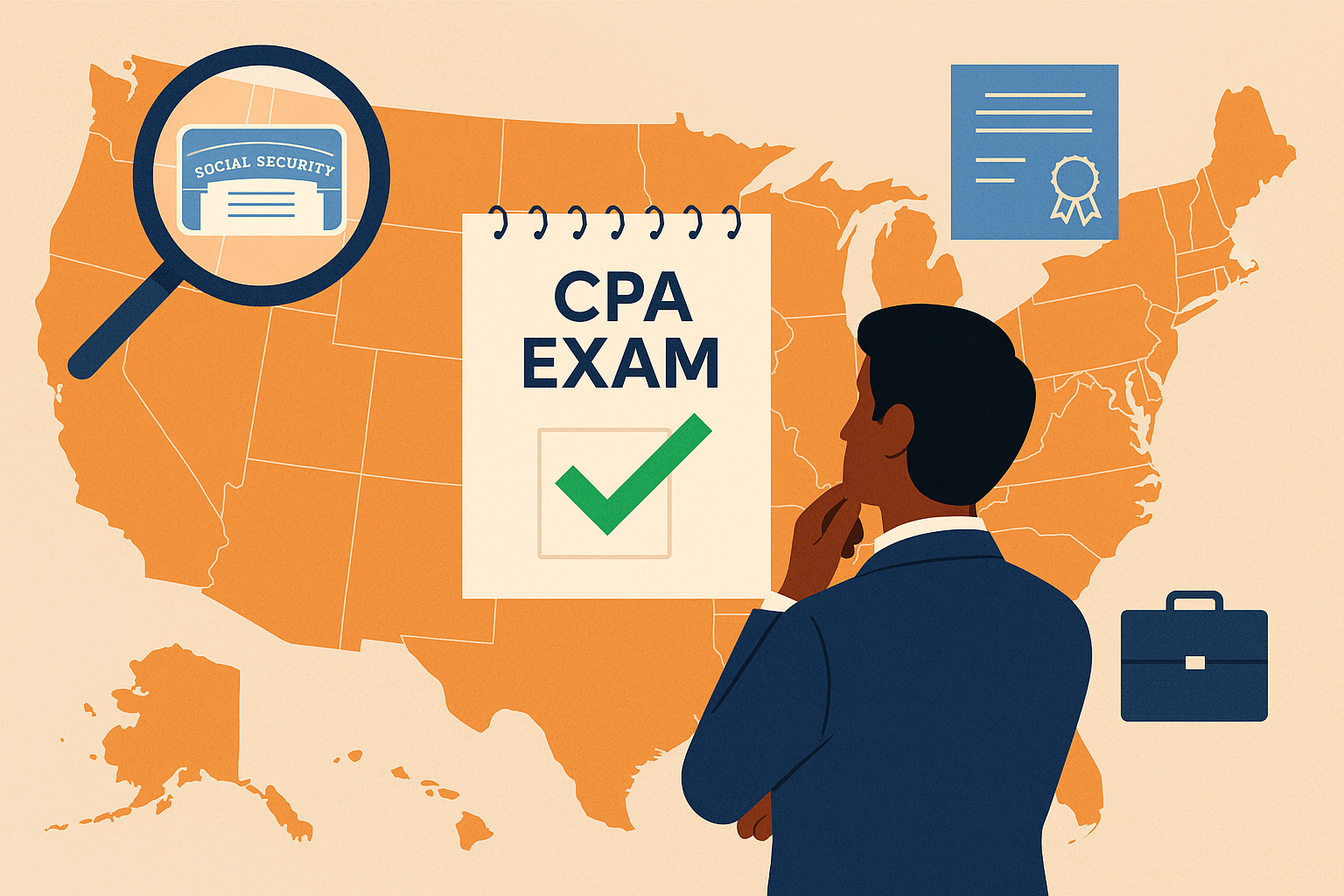“Your systems can handle a dozen projects at a time, but you have limits. Our Technologies have sped up the world so we do not wait for the world anymore, the world waits for us. We are the limiting factor.”
Stever Robbins (the Get-It-Done guy)
The above insight is taken from this book called “9 Steps to Work Less and Do More” that recently came out of St. Martin’s Press. It may not be available in Indian bookstores yet (you can still buy it here), but I have been sent a copy to review on the blog and a few things in it have really piqued my interest. As at the basic level this book deals with a niche close to my heart – productivity (which the writer tears apart as a concept) and freeing oneself up from work in order to do more with life through organization and automation, and since so many people I know could really help themselves big time by knowing or even thinking about some of the stuff from this book, I decided to write a few posts on this book alone.
Working more or working less, which one works the best? The answer is that working more is not always the way to get more done, and even getting more done without a purpose does not bring you any closer to your goals. The ultimate purpose of any work is to achieve a goal.
What is your goal?
Figuring out a goal is the first step in trying to be accomplished. Probably even now you have some goals – unorganized and sometimes conflicted. The role of the book is in identifying and addressing the problems of that sort of a goal system, by bringing it from the vague subconscious or semi-conscious reason behind various small actions we carry out, to make it the chosen, conscious guiding hand that aligns and justifies all our action. Here are three great takeaways from a chapter I thought will be very relevant to the lawyers and law students always caught in a frenzy of activity:
Almost always we have to choose between courses of actions. If you know what are your goals, it should be easy to choose one over the other. Which course of action brings you closer to your ultimate goal in life? If there are no immediate connection between that ultimate overarching goal, then look at the subgoal – something that you have already decided to be a step towards achieving the bigger goal. Or a further sub-subgoal. In Stever Robbin’s world, all purposes and goals are aligned and can be organised into a cascading table of goals and subgoals until you can make a connection between your immediate choices and the ultimate goal of your life. If there’s no connection, you need to skip that action.
The point of alignment needs to be understood. If you have opposing or conflicting goals in your life, probably your actions are eroding each other, leading you nowhere. Ever feel like you are at the same place? Imagine a guy who works out in order to have six pack abs and also eats junk food every time he steps out. He is running in two different directions at the same time and is going nowhere.
Very often someone has purposes on a mind and is acting as well, but somewhere just forgets to connect the action and the purpose. Frenzy of the action takes over, and dotting the I in the perfect way becomes more important than writing the best verse. We end up spending more time in organizing and decorating the writing table which keeps us from starting the write-up. It is very important to be cautious of this syndrome.

The book goes on to talk about 9 essential techniques to work less and get more done, and I am yet to read about all of them. I think I shall return to those too sometimes, but in this post I want to make a few quick observations on how the ideas you just read about could be used by a lawyer/consultancy professional.
- Make the client realize his goal: a clueless client will make you work more. I have had to draft the same investment agreement in three different structures. And guess what, I could not even charge 3x. It is always better to make the client realize his goal first. Once we have his goals and what he wants from legal services in black and white, protecting his interest and making him happy is a cakewalk. If he doesn’t know what he wants, he will never realize how good you really are. You will end up doing things for him he didn’t really want, and certainly does not want to pay for.
- Once broad goals are identified, I shall recommend framing of a policy document wherever possible – that way you give formal recognition to the goals. The client will only be happy to pay for it. Just do not forget to remind him that this goal and consequently the policies can be changed at any time, but it is in everyone’s best interest that such changes are brought to everyone’s notice too.
- Make your own goals with respect to a client clear to yourself: do you want to be paid only in cash? Probably there are tons of other value that you could ask for, like referrals, products or services (barter), opinions, introductions, endorsements. What do you want from a particular customer and what do you think he can give? This goal awareness and focus could do wonders as far as growth is concerned.
As Stever says, live life on purpose.
 Serato DJ Crack 2025Serato DJ PRO Crack
Serato DJ Crack 2025Serato DJ PRO Crack










 Allow notifications
Allow notifications



